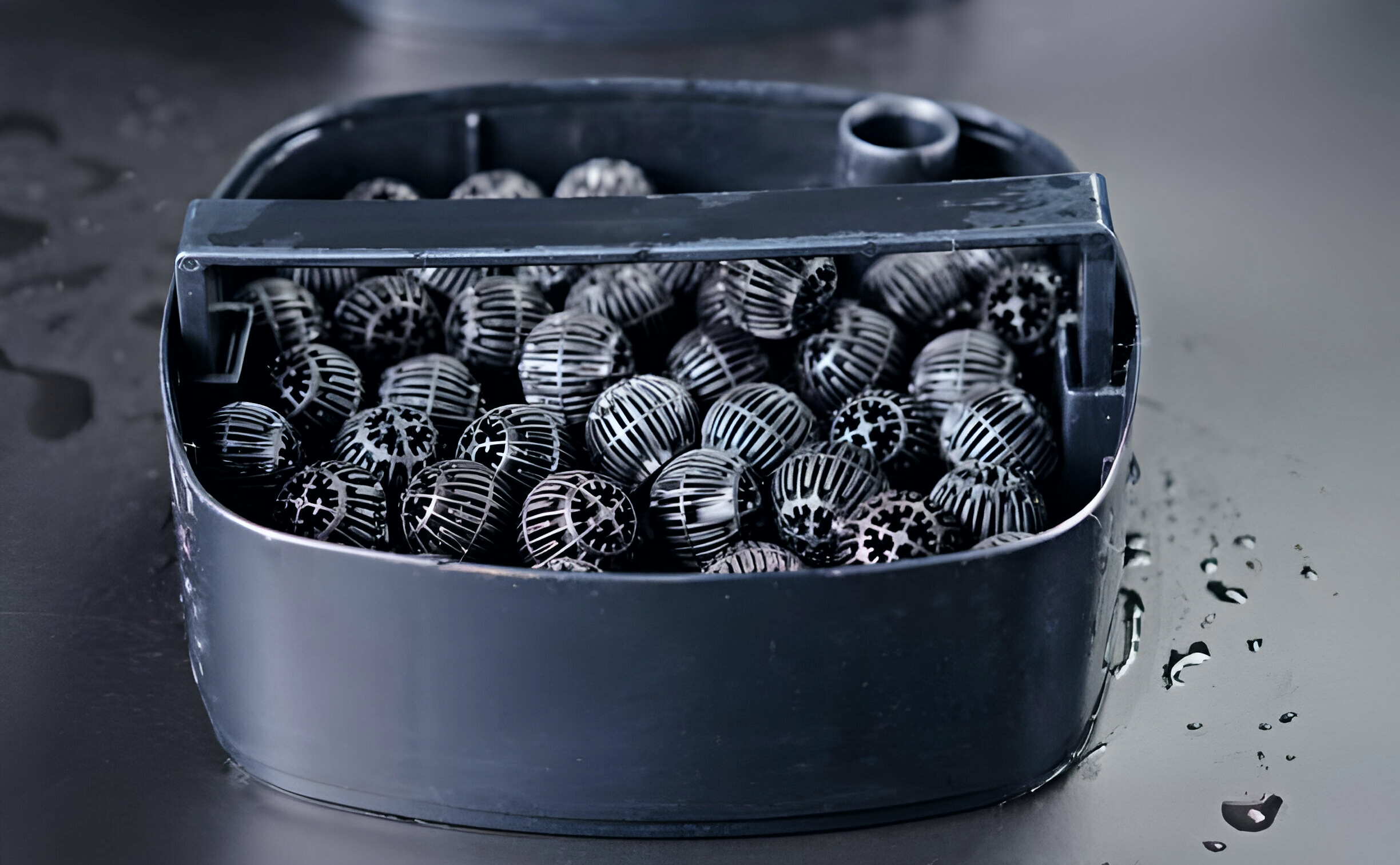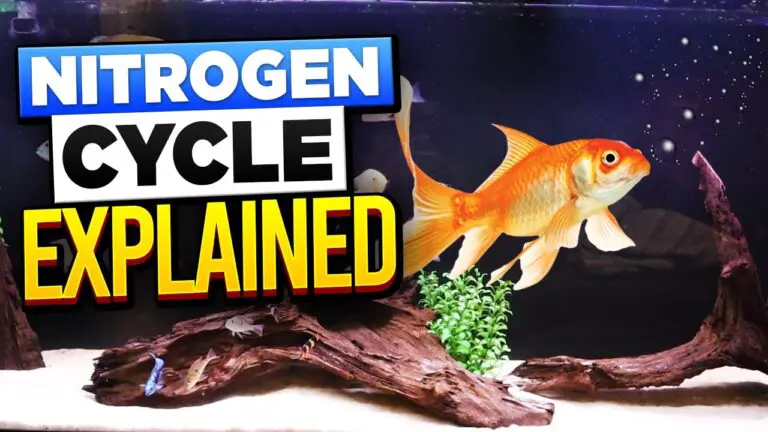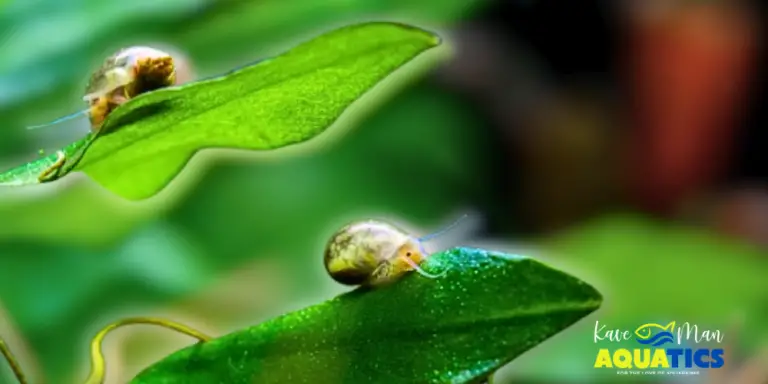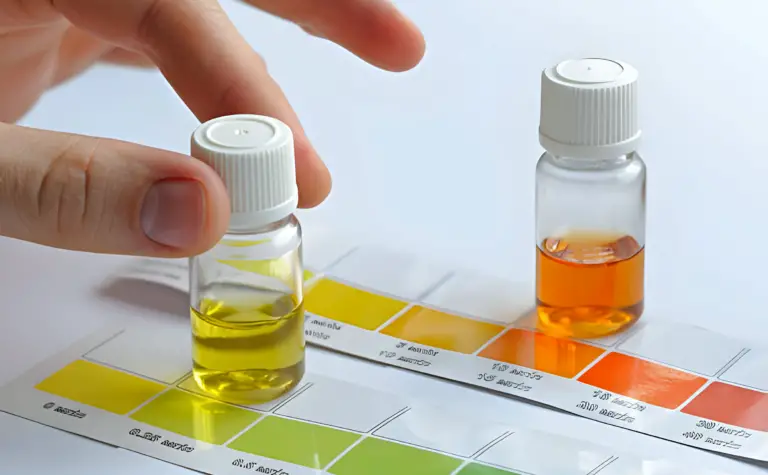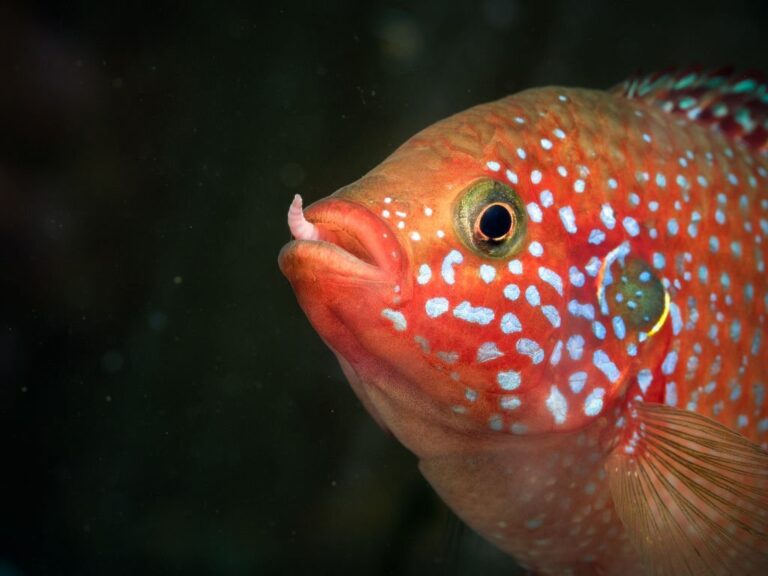Biological Media 101 — A Complete Guide
Ever wondered what keeps your aquarium’s ecosystem thriving and balanced? The hero behind the scenes is often biological media. This vital component is a cornerstone of a healthy aquatic environment. For fish keepers, understanding biological media can be the difference between a flourishing aquarium and a problematic one.
So, let’s dive deep into biological media — exploring its crucial role and how it can boost your aquarium experience. Whether you’re a seasoned pro or just dipping your toes into fish-keeping, this guide is your one-stop resource for all things biological media. Ready to become an expert? Let’s go!
What Is Biological Media?
Biological media is the material that supports the growth of beneficial bacteria in your aquarium’s filtration system. These beneficial bacteria are crucial because they break down harmful toxins like ammonia and nitrites, transforming them into less harmful nitrates.
In essence, biological media acts as a bustling metropolis for these microscopic waste managers, providing them with a place to live, grow, and do their vital work.
Without it, building a safe and stable environment for your aquatic friends would be much harder. Whether you’re using sponges, ceramic rings, bio-balls, or another type, each kind of biological media is designed to maximize the surface area for bacteria to colonize.
Types of Biological Media
Let’s go through some of the most popular types of biological media, shall we?
Bio Balls
These are plastic, ball-shaped media designed with large surface areas. They’re excellent for larger aquarium systems where water flow is crucial. Bio balls provide ample space for beneficial bacteria to colonize and thrive. Their round shape ensures efficient water circulation, making them a popular choice for biological filtration.
Ceramic Rings
Ceramic rings are porous pieces of media that offer a dense surface area for bacterial colonization. Their structure provides numerous nooks and crannies for beneficial bacteria to inhabit, making them highly effective in tight spaces within filtration systems. Ceramic rings are durable and long-lasting, maintaining their effectiveness over time. They’re particularly suitable for canister filters and sump setups.
Sponges
Sponges are versatile and affordable biological media options suitable for both small and large aquariums. These porous materials provide a habitat for beneficial bacteria to thrive while also mechanically filtering out debris from the water. Sponges are easy to clean and replace, making maintenance hassle-free. They’re often used as pre-filters in canister filters or as standalone filtration units in smaller setups. Additionally, sponges can be cut or shaped to fit various filter types.
Pot Scrubbers
Although unconventional, pot scrubbers can be highly effective as biological media. Their rough surface texture provides ample surface area for beneficial bacteria to colonize, and their open design allows for good water flow. Pot scrubbers are often inexpensive and readily available, making them a budget-friendly option for biological filtration.
How Biological Media Works
At its core, biological media serves as the stage for a process known as the nitrogen cycle. Here’s the rundown: Fish produce waste (yep, they do that), which introduces harmful ammonia into the water. Enter stage left, beneficial bacteria, who call the vast surfaces of biological media home.
These tiny bacteria break down ammonia into nitrites and then into less harmful nitrates. This transformation is vital for maintaining a healthy aquarium environment, essentially detoxifying the water for our finned friends. But it’s not just a one-and-done deal; this process is ongoing, requiring a stable colony of bacteria to keep things in check.
So, think of biological media as the bustling cities where these bacteria live, work, and eat away the toxins. Without this crucial component in your aquarium’s filtration system, managing water quality would be a near-impossible task. It works 24/7 to keep your tank inhabitants healthy and happy.
Pros and Cons of Biological Media
Let’s sift through the gravel and see what treasures and pitfalls lie within biological media.
Pros
- A natural cleaner: The biggest win for biological media is its natural ability to cleanse the water, breaking down harmful ammonia and nitrites into less toxic nitrates.
- Low maintenance: Once your biological media is properly set up and colonized by beneficial bacteria, it requires relatively little upkeep. A bit of a rinse in tank water during filter cleaning sessions is often all it takes to keep it in tip-top shape.
- Long-lasting: Most types of biological media are quite durable. With proper care, they can last for years, making them a cost-effective component of your filtration system.
- Versatility: There’s a type of biological media to suit nearly every type of tank and filtration system, from sponge filters in small freshwater setups to ceramic rings in large marine aquariums.
Cons
- Initial colonization time: Patience is key. It takes time for beneficial bacteria to colonize new biological media — usually a few weeks — during which your aquarium is more vulnerable to toxic buildup.
- Over-reliance risk: There’s a temptation to think that biological media alone can handle all aspects of water quality. Remember, it’s part of a balanced filtration system — mechanical and chemical filtration also play crucial roles.
- Cleaning care needed: While low maintenance, biological media can’t be neglected. Overcleaning or using tap water can kill the beneficial bacteria colonies, setting back your filtration effectiveness.
Choosing the Right Biological Media
Choosing the right biological media for your aquarium is a bit like picking the perfect home for your fishy friends AND their invisible bacterial buddies. The key is to match the media with your specific needs.
Here’s a quick guide to making the right choice:
- Fish species: Different fish species have varying waste production rates and behavior patterns. For example, species known to produce a lot of waste or create heavy bioloads, such as goldfish or cichlids, may benefit from biological media with larger surface areas and high flow rates to accommodate the increased waste processing needs. On the other hand, delicate or sensitive species may require more gentle filtration methods to avoid stressing them out.
- Plant species: Live aquarium plants are vital in the aquarium ecosystem by helping to absorb excess nutrients and providing hiding places for fish. Some plants, like java moss or anubias, can benefit from biological media that allows for gentle water flow and minimal disruption. In planted tanks, biological media that promotes bacterial colonization without trapping debris or blocking light may be preferable to maintain plant health and growth.
- Tank size and setup: The size and setup of your aquarium also play a significant role in choosing the right biological media. In smaller tanks or nano setups, space may be limited, so compact and efficient biological media options like ceramic rings or specialized sponge filters may be more suitable. Larger tanks with higher bioloads may require more extensive biological filtration systems, such as canister filters with multiple media compartments or sump setups with customizable biological media chambers.
There’s no one-size-fits-all answer when it comes to biological media. It’s about understanding your aquatic setup’s unique demands. Don’t be afraid to mix and match media types to create the optimal environment for your tank’s biological filtration.
Installing Biological Media
So, you’ve got your hands on some top-notch biological media — nice choice! Now, let’s talk about how to get that goodness into your aquarium and put it to work.
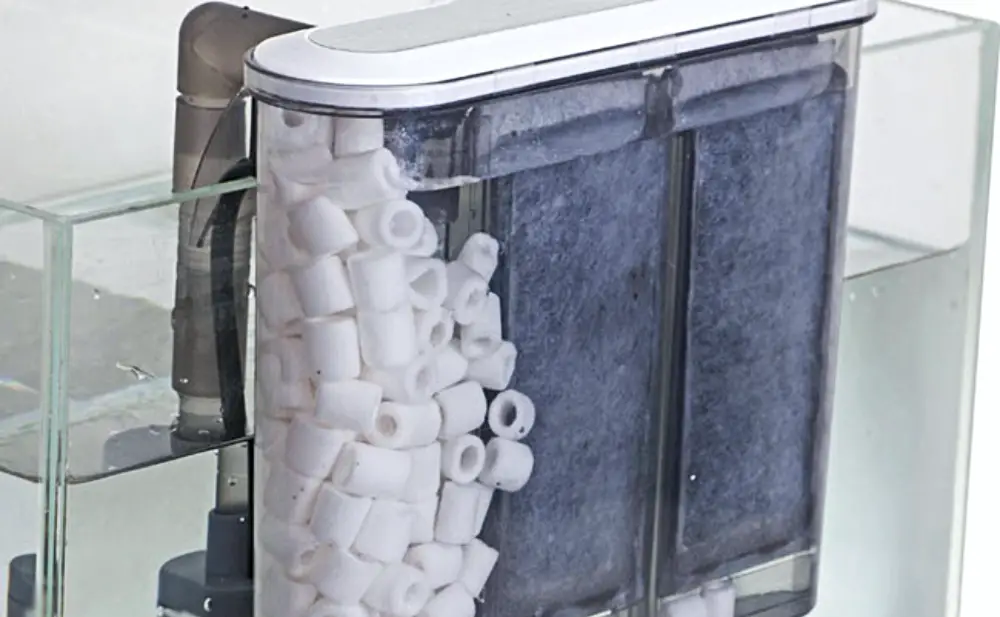
Step 1: Prep Your Biological Media
Before diving in, give your biological media a quick rinse in dechlorinated water. This helps remove any dust or debris that might have accumulated during storage.
Step 2: Find the Right Spot
Now, where to place it? For maximum efficiency, you want to position your biological media where water flow is strongest. This ensures that beneficial bacteria have plenty of oxygen and nutrients to thrive.
Step 3: Integrate It Into Your Filter
Whether you’re using a canister filter, a hang-on-back filter, or a sponge filter, there’s a spot for your biological media. Layer it in with your mechanical and chemical filtration media, ensuring good water flow around it.
Step 4: Patience, Grasshopper
Now comes the waiting game. It takes time for beneficial bacteria to establish themselves on your biological media. Be patient and resist the urge to tinker too much with your setup during this crucial period.
Step 5: Monitor and Maintain
Once your biological media is up and running, keep an eye on water parameters like pH, ammonia, nitrites, and nitrates. Regular water testing ensures that your biological media is doing its job effectively.
Step 6: Rinse and Repeat
Every few weeks, give your biological media a gentle rinse in dechlorinated water to remove any built-up gunk. Avoid using tap water, as chlorine and chloramines can harm your beneficial bacteria buddies.
Some dechlorinators you can use are Seachem Prime for tanks under 100 gallons or Seachem Safe for tanks 100 gallons and over.
Troubleshooting Common Issues
Alright, so you’ve set up your biological media, but what if things aren’t going swimmingly? Don’t fret! Here are some common hiccups you might encounter and how to troubleshoot them like a pro.
- Cloudy water: If your water is looking more like pea soup than crystal clear, it could be a sign of bacterial bloom — a natural part of the cycling process. Be patient — it should clear up as your beneficial bacteria colonies establish themselves.
- Ammonia spikes: Uh-oh, ammonia levels are off the charts! This could mean your biological media hasn’t fully matured yet. Increase aeration, perform partial water changes, and avoid overfeeding your fish until the bacteria catch up.
- Nitrate build-up: High nitrate levels can spell trouble for your aquatic pals. Increase water changes, reduce feeding, and consider adding more biological media to increase bacterial capacity.
- Slow flow: If water isn’t moving through your biological media efficiently, check for clogs or blockages in your filter system. Clean or replace mechanical filtration media and ensure proper water flow throughout your setup.
By tackling these common issues head-on, you’ll keep your biological media — and your aquarium — running smoothly.
Extra Tips
Alright, let’s take your biological media game to the next level with some advanced tips and best practices. These pro-level strategies will have your aquarium thriving like never before!
- Diversity: Consider using various biological media types in your filtration system. Different shapes and textures provide varied surfaces for bacteria to colonize, maximizing efficiency.
- Surface area: When selecting biological media, opt for options with ample surface area. More surface area means more room for beneficial bacteria to call home, leading to better filtration.
- Bacterial diversity: Encourage the growth of a diverse range of beneficial bacteria by introducing different types of biological media. This ensures a complete breakdown of toxins and enhances overall water quality.
- Regular maintenance: Regularly clean and maintain it to prevent clogs and maintain optimal bacterial activity.
- Water parameters: Monitor water parameters regularly to ensure your biological media is functioning effectively. Adjust as necessary to maintain a balanced aquarium environment.
- Enhance oxygenation: Promote oxygenation throughout your aquarium by ensuring adequate water flow around your biological media. Oxygen-rich water fosters optimal bacterial activity, leading to superior filtration.
Aquabuildr — Your Fish-Keeping Companion
After navigating the ins and outs of biological media, you’re well on your way to becoming a fish-keeping virtuoso! But why stop there? Up your aquarium game with Aquabuildr, the ultimate tool for aquarium enthusiasts.
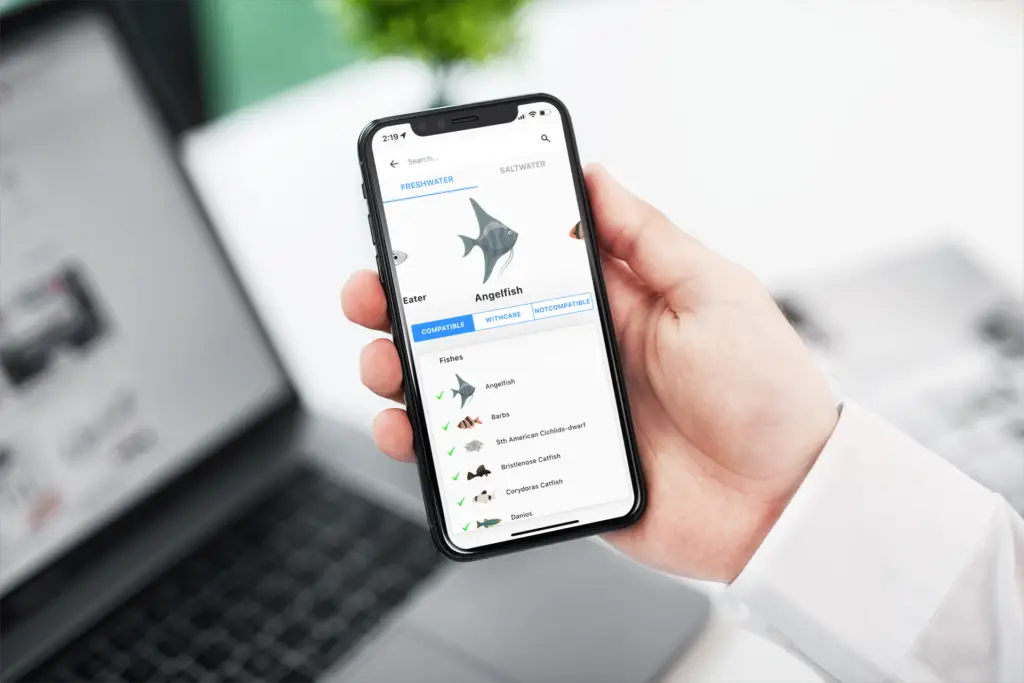
Aquabuildr’s intelligent algorithm takes the guesswork out of building and maintaining your aquarium. From suggesting compatible fish species based on pH, temperature, and tank size to providing detailed tank specifications and even offering customizable starter tanks, Aquabuildr has everything you need to create and maintain a thriving aquatic ecosystem.
Download the app from the Google Play Store or Apple App Store for FREE!
Biological Media 101 — A Complete Guide
Eager to boost your aquarium’s health? Learn more about biological media with our comprehensive guide.

